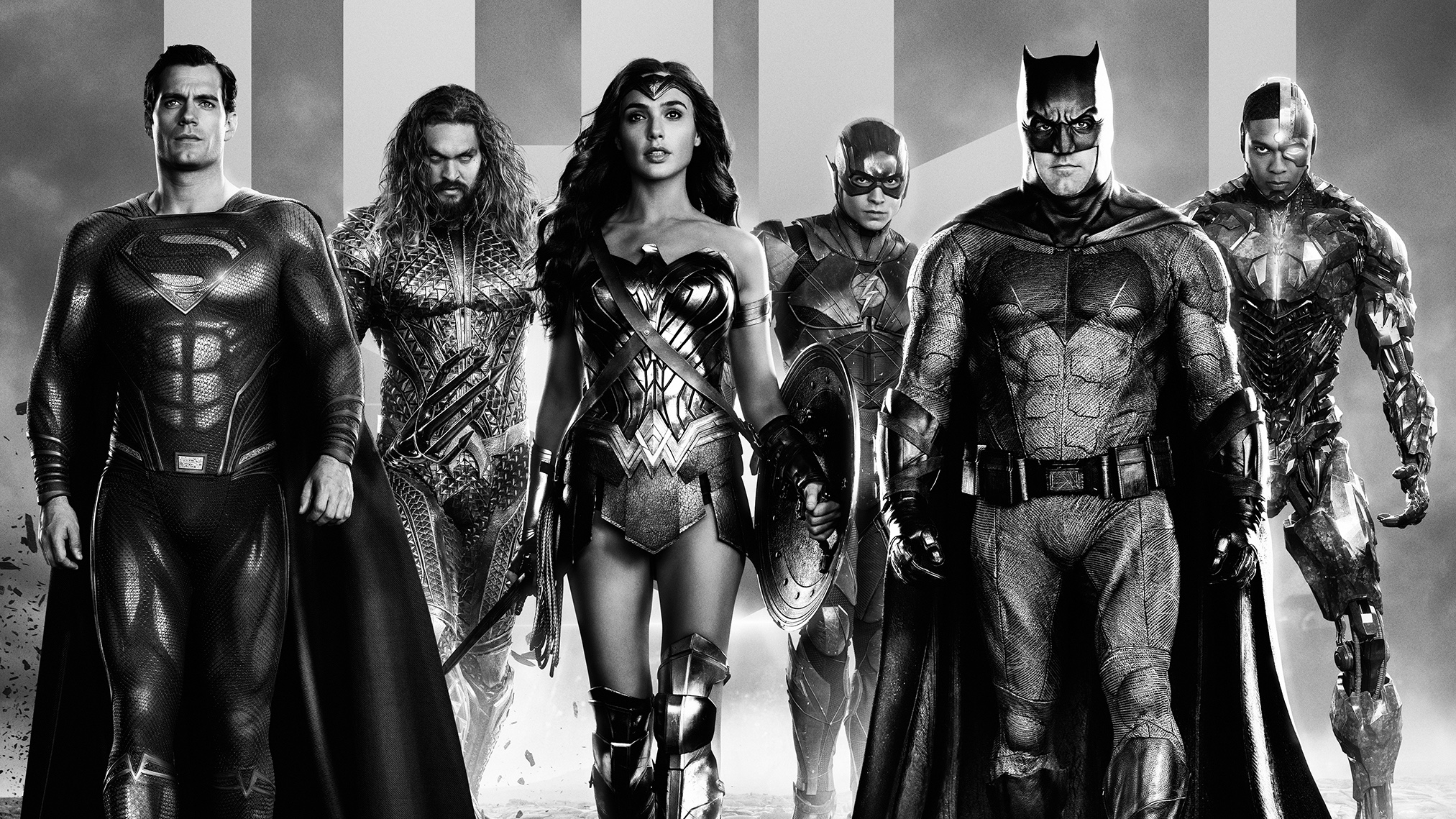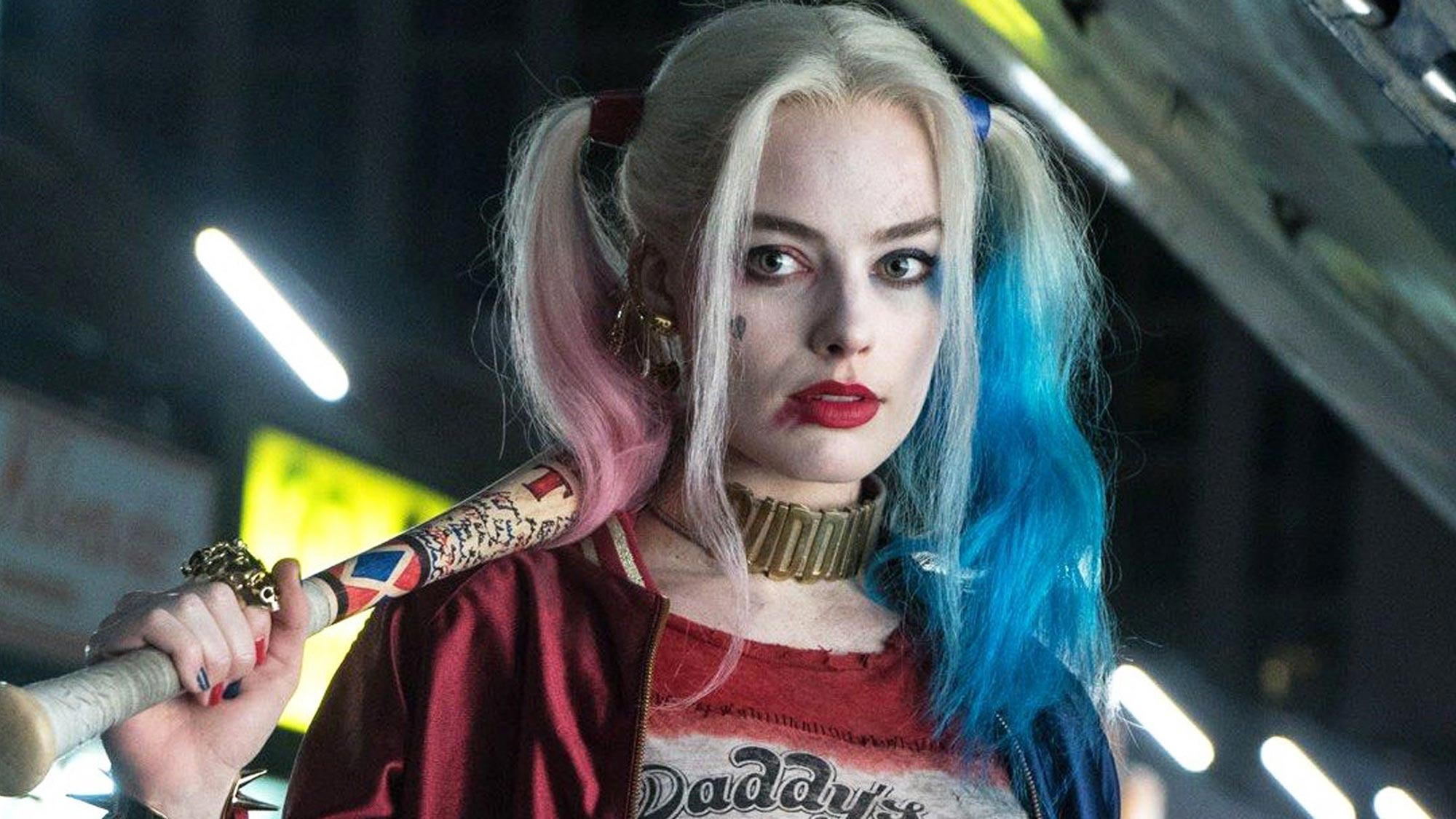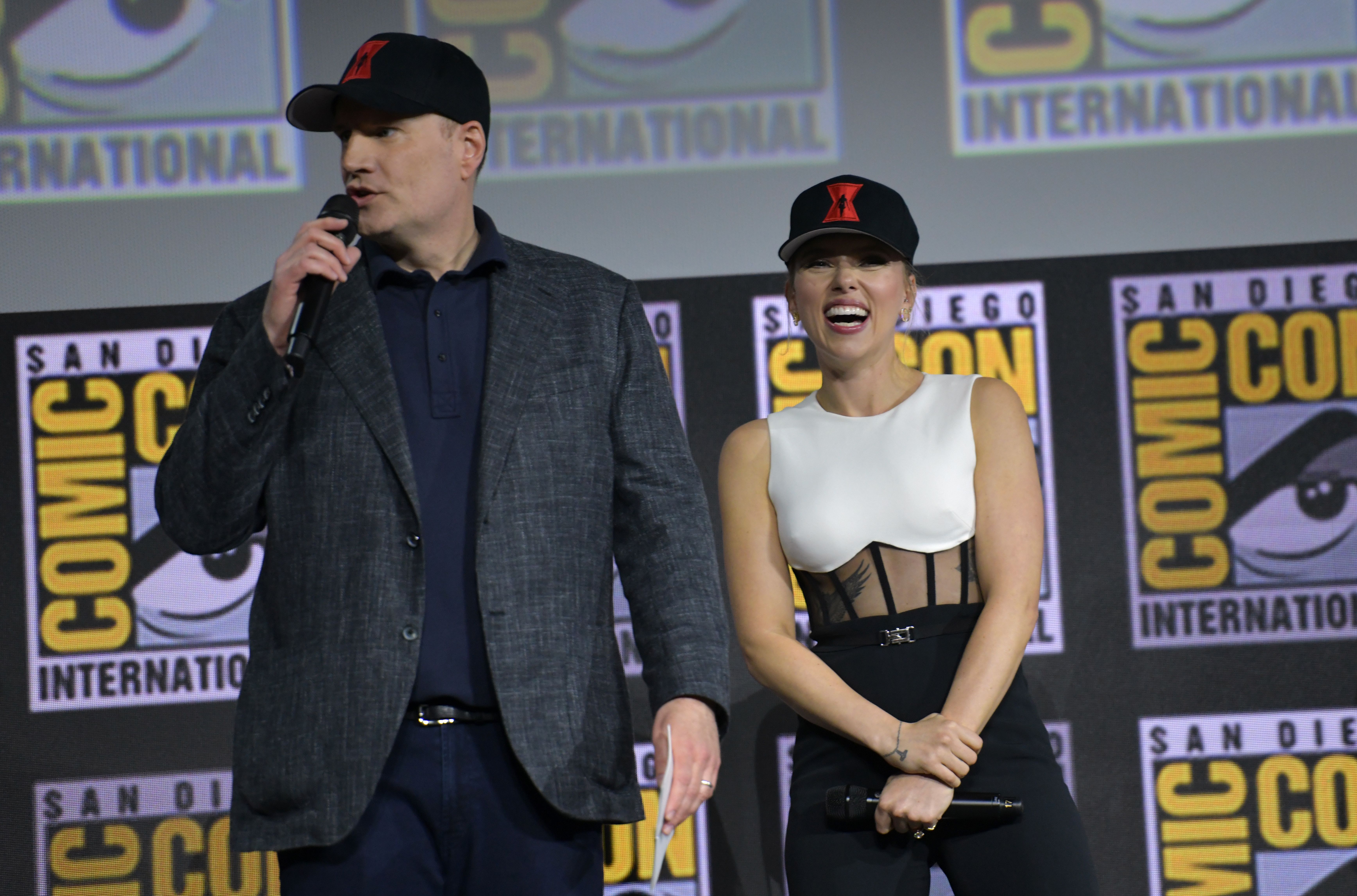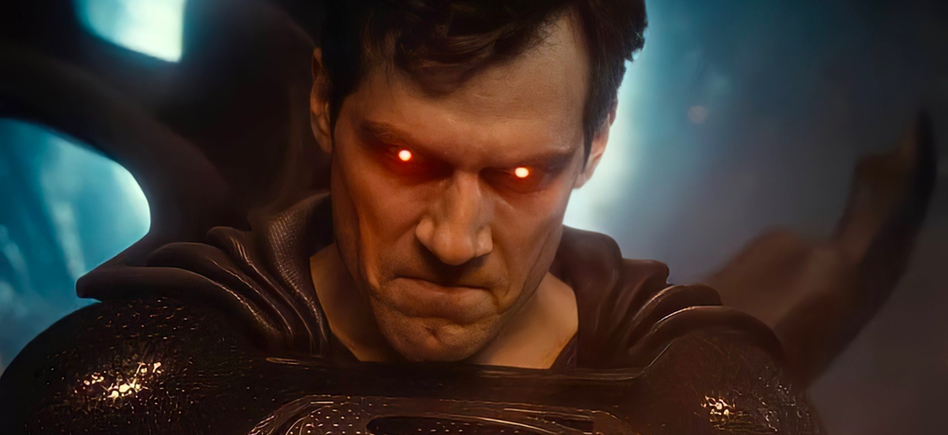The Snyder Cut proves that DCEU’s biggest enemy isn’t Marvel — it's Warner Bros.
Can The Snyder Cut get Warner Bros. to back off?

The Snyder Cut and The Falcon and The Winter Soldier arrive within 24 hours of each other to continue the Marvel and DC rivalry that's been going on for decades, long before movies were ever in the picture. But while the MCU has been a phenomenal success, the DCEU has not.
So it’s easy to assume that DC has to stand up to Marvel’s box office dominance if it wants to succeed. While it’s true the Marvel/DC rivalry isn’t going anywhere, the two are not enemies per se. The two cinematic universes can exist side by side, but if that’s to happen, DC has a different enemy to defeat: Warner Bros.
- The best streaming devices
- Sorry Netflix, HBO Max is the top streaming service now
- How to watch the DC movies in order
Yes, the same Warner Bros that has owned DC comics since 1969, and has been involved in every DC movie since. The same Warner Bros that seems to enjoy meddling in almost every recent DC movie.
If you look back at the five years since the release of Batman v Superman, there are plenty of stories about how Warner Bros interfered in production. Justice League was one of the most publicized ones, with the studio stepping in to mandate a two- hour running time that Zack Snyder originally thought was a joke.
On top of that, Snyder felt he was having to fight Warner Bros almost constantly, more than he would on other movies. Snyder walked away following the death of his daughter and facing the fact that he had "zero energy" to keep fighting the studio when his family needed him. So Warner Bros brought Joss Whedon on board to finish off what became the Justice League theatrical cut.
Warner Bros has a history of getting too involved

But that’s not the only time Warner Bros interfered. Suicide Squad was notorious for its behind-the-scenes trouble, with rushed production and the studio getting involved after the lukewarm reaction to Batman v Superman: Dawn of Justice.
Worried that the final movie did not match the light-hearted tone promised in the trailers, the studio brought in editors to produce a cut that did. Compromises were made between this cut and Ayer’s original cut, which reports say then required extra filming to bring them up to pace.
Sign up to get the BEST of Tom's Guide direct to your inbox.
Get instant access to breaking news, the hottest reviews, great deals and helpful tips.
Marvel had similar problems with meddling executives in the past. To the point where Marvel Studios head Kevin Feige nearly quit.
Unsurprisingly, like Justice League, Suicide Squad has been criticized for being a disjointed, incoherent movie, no doubt influenced by the two competing cuts that were produced at the end of production.
Even Wonder Woman, a movie that was DC’s first real critical and commercial success since 2013’s Man of Steel, had some issues. Director Patty Jenkins has spoken about the trouble she initially had trying to develop a more positive and upbeat version of Diana in the beginning.
Instead, the studio apparently wanted to make a darker and more violent movie, which included Wonder Woman cutting off people’s heads. Initially at least, because Patty Jenkins has refuted those claims to an extent.
I felt extremely supported in my vision on both films by @wbpictures, @ZackSnyder all the producers and everyone on board our eventual team. Just was a long road to get to make it. Let's chill the dramatic headlines like "war". https://t.co/V7Tj1rOTBSJanuary 6, 2021
Jenkins clarified on Twitter that those conversations took place with different executives over a 10-year period. The director felt that the final teams on both Wonder Woman films were incredibly supportive, including Warner Bros executives. In fact, when reports did claim Wonder Woman was having behind-the-scenes trouble, Jenkins specifically came out and declared it "made up bs [sic]."
While Jenkins’ perseverance with her vision for Wonder Woman won through in the end, it’s another example of Warner Bros being its own worst enemy. Then again, in 2007, dark and gritty superheroes were all the rage, so it’s easy to criticize those conversations with the benefit of 14 years of hindsight.
Marvel has dealt with similar problems
Marvel, as creatively free as some of their movies seem, has had similar problems with meddling executives in the past. It was to the point where Marvel Studios head Kevin Feige nearly quit. Or so said Hulk actor Mark Ruffalo.
That meddling came from how Marvel Studios sat in the Disney hierarchy. These days, the company is part of Walt Disney Studios, Disney’s movie-making division. But before 2015, Marvel Studios was a subsidiary of Marvel Entertainment — the Marvel that develops comics, toys, and everything else. Feige answered to Marvel Chairman Ike Perlmutter.

Feige had reportedly been pushing for greater diversity in Marvel movies, only for Perlmutter to shoot those ideas down. Reports range from Perlmutter making racist remarks in regard to casting to insisting that audiences had no interest in going to see a female-led superhero movie. Perlmutter is also said to be the reason why there were very few Black Widow toys for sale, since he was under the impression that they didn’t sell.
James Gunn claims that the committee tried to get him to cut Guardians of the Galaxy’s ‘70s-themes soundtrack
But it wasn’t just Perlmutter. Before the split, Marvel employed a "creative committee" to give notes on movies during their production. This was a source of great frustration for several directors and actors. James Gunn claims that the committee tried to get him to cut Guardians of the Galaxy’s ‘70s-themed soundtrack, while Edgar Wright reportedly left Ant-Man after butting heads with the committee too often.
But once Marvel Studios split off from Marvel Entertainment, those problems went away. Movie production didn’t have to go through executives at Marvel Entertainment, and the creative committee was disbanded. While there may still be conflict behind the scenes, it’s not the kind that’s made any headlines. Aside from when Disney fired and later rehired James Gunn, but that’s a totally different story.
Warner Bros could learn a thing or two from Marvel. However the studio has managed to do it, the past six years have left us with a bunch of great movies and few awkward reports of drama going on behind closed doors.
Warner Bros didn’t seem to want the Snyder Cut
When it comes to the Snyder Cut, Warner Bros almost seemed ready to sabotage it from the start. Initially, the studio approached Zack Snyder about releasing a rough version of the Snyder Cut, splicing together all the footage that had been filmed and releasing it without any additional visual effects work. Essentially, a version that didn’t require any money being spent.

Snyder turned down this offer, and admitted to Vanity Fair that he didn’t trust the studio’s motivation. The director accused them of wanting to get Snyder Cut campaigners off their back while using the raw footage as “proof” that the movie wasn’t very good.
If Snyder hadn’t stood his ground, there wouldn’t even be a Snyder Cut for us to watch. The director claims that around an hour of his footage made it into the theatrical cut of Justice League, meaning the raw version would have featured three hours of actors on little more than green-screened backdrops.
Bottom Line
It’s fair for Warner Bros to want to protect its assets and try to make movies that audiences will respond to. But at the same time, the past few years have shown us that the studio doesn’t necessarily know what’s best for the final product. This is especially true given Warner's habit of interfering midway through production. If it needs to learn anything from the Snyder Cut, it’s that this action definitely doesn’t work.
There’s always some give and take when movies are made, as Snyder himself pointed out. And that's not a bad thing, provided the director is actually doing what they promised to do. And if the Snyder Cut proves to be a hit for Warner and HBO Max, it might signal the dawn of greater creative control for directors and filmmakers in DC movies.

Tom is the Tom's Guide's UK Phones Editor, tackling the latest smartphone news and vocally expressing his opinions about upcoming features or changes. It's long way from his days as editor of Gizmodo UK, when pretty much everything was on the table. He’s usually found trying to squeeze another giant Lego set onto the shelf, draining very large cups of coffee, or complaining about how terrible his Smart TV is.
